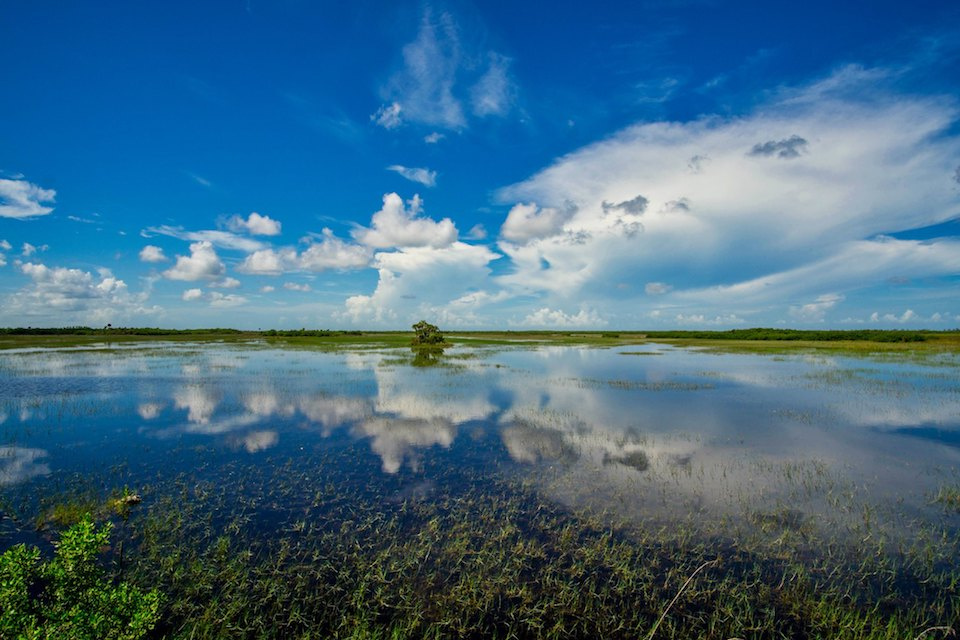- Overview
Climate Adaptation Strategies

Using an adaptation approach is vital to offset the increasing impacts from climate change combined with existing anthropogenic impacts to natural communities and species.
Simply conserving species or habitats where they exist under present conditions may not be sufficient. Biodiversity conservation in a changing climate requires a re-evaluation of management goals and objectives. Management approaches will need to be forward-looking and focus on maintaining a diversity of well-functioning ecosystems, as it could be very difficult to maintain the current spatial arrangements and composition of systems, communities, and species under a changing climate.
Climate change adaptation planning focuses on the implementation of strategies designed to prepare for and adjust to climatic changes in addition to the associated impacts on natural systems and human communities.
Adaptation strategies enable management to plan for and react to climate change impacts by targeting processes that encourage ecosystem resilience, reduce external stressors, and safeguard genetic diversity. These strategies expand the applicability of current conservation practices and standards to better address the realities of a changing world.
Developing adaptation strategies for natural systems requires an understanding of how climate change may affect important species and habitats, as well as how effects may interact with other ongoing threats, ecological processes, and management actions.
Adaptation strategies consider three main concepts:
- Resistance: the ability of a system to remain essentially intact or unchanged as climate changes.
- Resilience: the ability of a system to recover from or adjust easily to a disturbance, returning to its original state. In the emerging context of climate change, resilience might best be measured more in terms of overall ecosystem structure, function, and process rates and less in terms of taxonomic composition.
- Transformation: the change in a system’s composition and/or function in response to changes in climate or other factors.
Learn more about how to create adaptation strategies.
Adaptation Strategies for Florida Species and Habitats
This tool provides adaptation strategies for the species and conservation assets and habitats included in this tool.
These adaptation strategies are not meant to be comprehensive, but are a starting point to help in the development of more comprehensive adaptation strategies that include knowledge of site-specific factors and the expertise of land managers.
You can also learn more about cross-cutting adaptation strategies that are more generally applicable across species and habitats.